I tried out most options mentioned previously but found this small and intuitive package to be the best: pympler
It's quite straight forward to trace objects that were not garbage-collected, check this small example:
install package via pip install pympler
from pympler.tracker import SummaryTracker
tracker = SummaryTracker()
# ... some code you want to investigate ...
tracker.print_diff()
The output shows you all the objects that have been added, plus the memory they consumed.
Sample output:
types | # objects | total size
====================================== | =========== | ============
list | 1095 | 160.78 KB
str | 1093 | 66.33 KB
int | 120 | 2.81 KB
dict | 3 | 840 B
frame (codename: create_summary) | 1 | 560 B
frame (codename: print_diff) | 1 | 480 B
This package provides a number of more features. Check pympler's documentation, in particular the section Identifying memory leaks.
